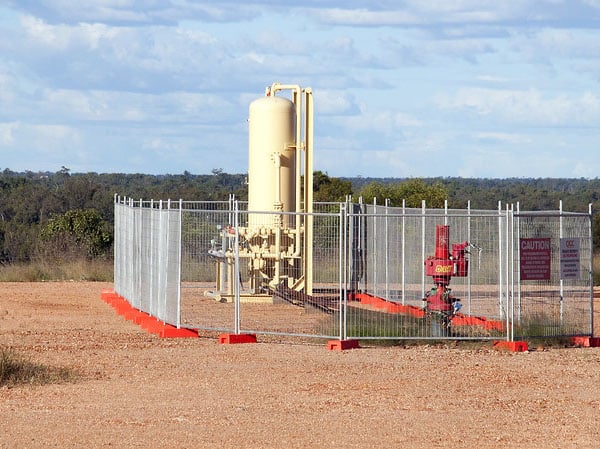This carries the risk that the fluid being injected is not of the same type as exists in the reservoir and also the risk that particulate matter within the test well may lead to clogging of the well bore and variable skin conditions through the test. Provided this does not occur excessively, a changing skin will not affect the analysis and the injection fall off test is useful.
The test may be performed in two ways. The first is by pumping into the test zone through Sigra’s DST equipment and then shutting the valve to allow the recovery. The second is by filling the drill string and then opening the valve to permit inflow followed by recovery. The latter is often much more convenient as it does not require any particular control other than the timely opening and closing of the valve in the DST tool. Figure 1 shows an example of a Falling Head Test with shut in. In this, the test zone is shut in overnight for pressure stabilisation. Then the valve is opened, flow into the test zone occurs. The valve is then shut for recovery. The analysis is based on the inflow and the recovery curve. It is similar to that used for drill stem tests and benefits from the zero flow period during recovery.

















